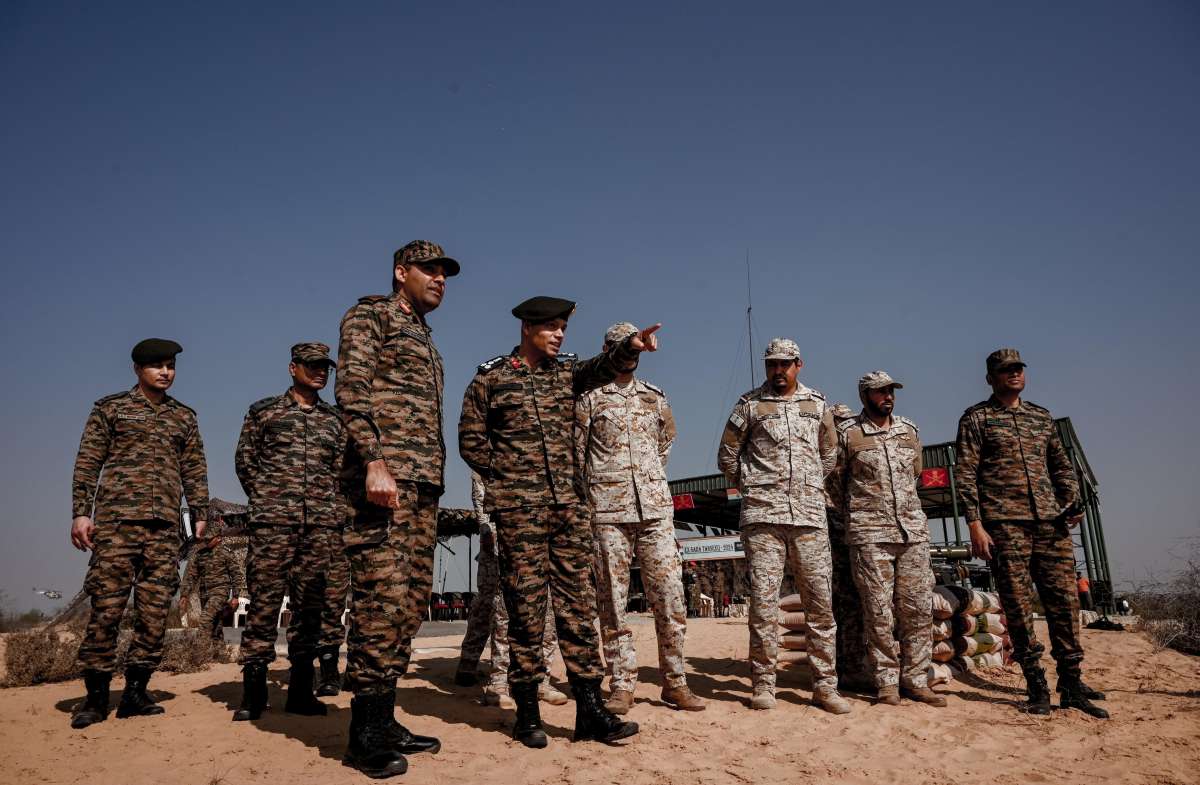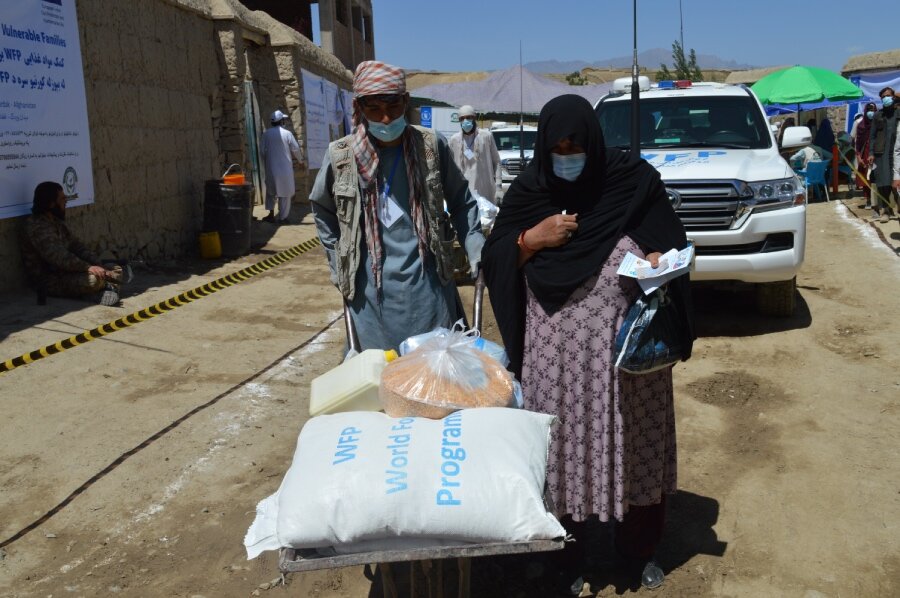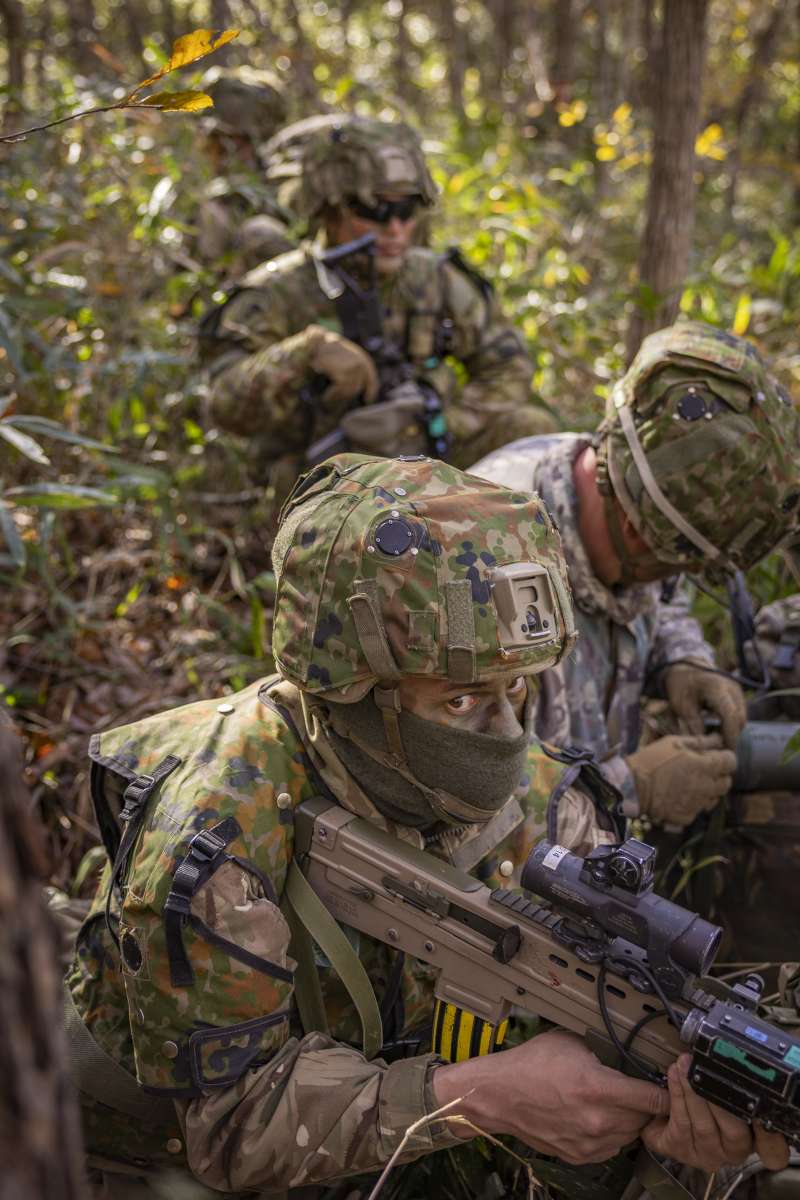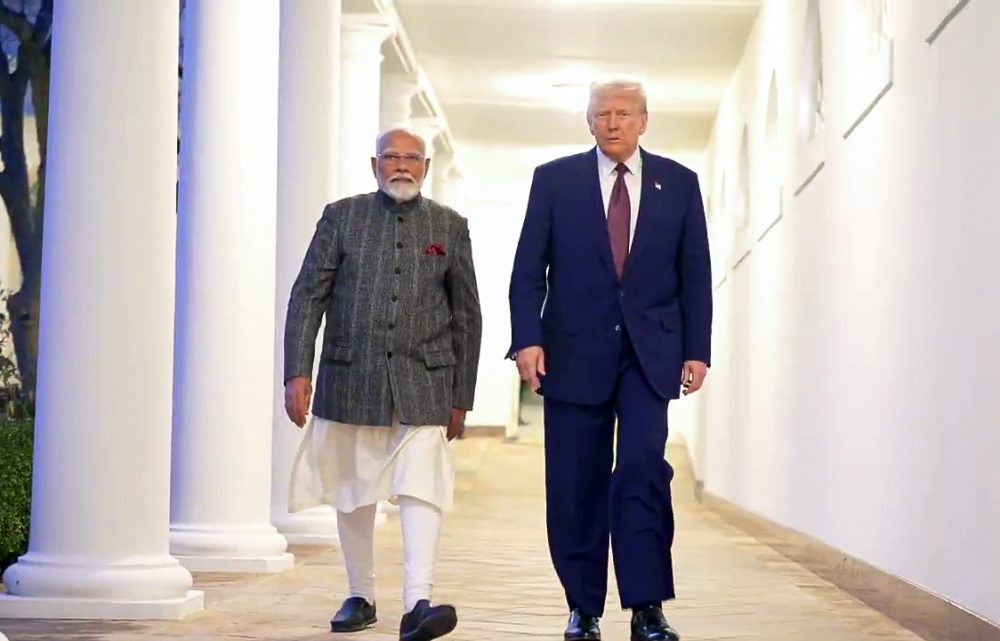The 12-day joint exercise started on January 29, aiming to achieve interoperability between the two forces …reports Asian Lite News
The Indian Army and the Royal Saudi Land forces completed their first joint military exercise, ‘Sada Tanseeq’, in which soldiers from both countries participated under the UN mandate, an official statement said on Thursday.
The 12-day joint exercise started on January 29, aiming to achieve interoperability between the two forces and acquaint each other with operational procedures and combat drills under the UN mandate. The exercise was performed on semi-deserted terrain.
According to the statement, the name ‘Sada Tanseeq’ was given by both nations jointly, with ‘Sada’ given by the Indian Army, meaning forever, and ‘Tanseeq’ an Arabian word for coordination, given by the Saudi contingent.
The exercise aimed at better coordination between the armed forces of both countries in maintaining global peace.
Every exercise was performed in the ‘buddy phase’, which means 50 per cent Indian and 50 per cent Saudi personnel, the release informed, adding that the Indian contingent from the 20th battalion of the Brigade of Guards regiment and the Saudi Arabian contingent, comprising 45 soldiers of the RSLF, took part in the joint military drills.
“The exercise was conducted in two phases. The first phase focused on combat conditioning and tactical training. The second phase culminated in physical exercises and validation. Both the contingents jointly took part in the validation phase, which included the creation of a temporary operating base, establishing an intelligence, surveillance, and reconnaissance (ISR) grid, establishing Mobile Vehicle Check Post, carrying out Cordon and Search Operations in a hostile village, Heliborne Operations and conduct of House Intervention Drills,” the release added.
“The validation phase also witnessed platoon battle drills in which everything was performed as it happens in a battle field. ALS WSI provided the real-time location and information of the target to which the others followed. With the firing of Infantry Combat Vehicles (ICVs) and various weapons,” read the statement further.
The target was engaged aerially with the help of cannons, rockets and missiles. The weapons used by the Indian Army are six AU rifles and snipers, and the weapons used by Saudi includes AK 47, pistol 9 mm, snipers etc, it added.
The exercise was conducted at the Mahajan Field firing range, where both contingents performed all the exercises in the ‘buddy phase’.
Along with the exercise, a showcasing of weapons and artillery was also conducted, where an indigenous product, a four-wheeler multi-role carrier known as the Rhino, grabbed a lot of attention.
Rhino, a four-wheeler multi-role carrier, has been designed and manufactured by an Indian startup for use during combat.
According to the official statement, it is a light-weight, compact machine that can carry upto 600 kgs at a time and is remote controlled. The purpose of this product is to help in reducing the weight carrying and excursion of the soldiers in the battleground.
The indigenous product clearly demonstrates that India is becoming ‘Atmanirbhar’ (self-reliant), the release added.
Many other weapons and artillery were showcased during the joint drills. These included a range of guns, rifles, drones, tanks, trucks, and many more.
Speaking about the Rhino, Sehjit Singh from D town robotics was quoted as saying in the release, “We make agricultural drones and robots for Army. This is a robot in ugv category and it is called Rhino. It can carry up to 600 kgs. This can be used to lift weights during Wars either on mountains or in the deserts. It’s endurance is up to 6 hours. If any soldier gets injured during the war this can even be used to place a stretcher on it and then help to lift the soldier.”
“It can even be used to send to a sensitive areas and with its help, explosives can also be deployed. With this help, the physical activity for the soldiers can be reduced as they can carry heavy weights. It can work on every kind of terrain, and it even has bullet-proof tyres and a body. It can climb at an inclination of 30 degrees. This is the latest version number 2 that has been launched in the year 2024 and for the first time it was launched in the year 2023. It is under trials in the army and has also been recommended,” he added. (ANI)
ALSO READ: Saudi’s Gaza Gambit: No Recognition, No Ties













